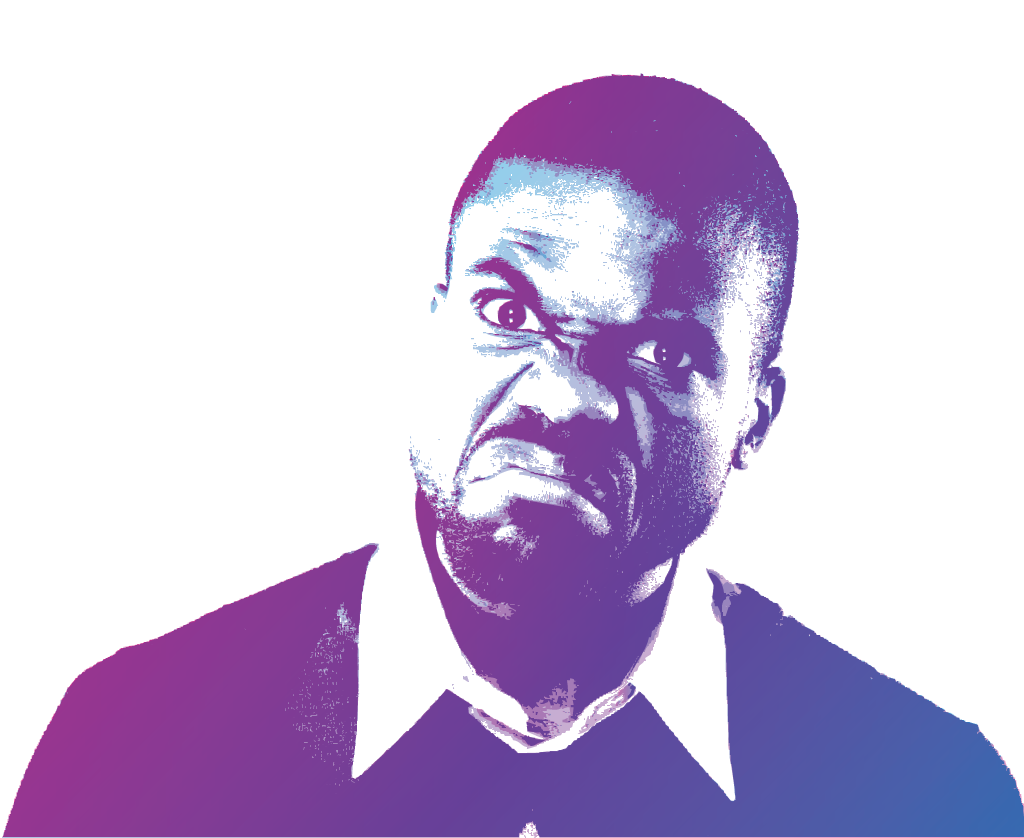What you don’t know can’t hurt you? Not when it comes to your content strategy.
One of the biggest challenges marketers face in today’s world is how to stand out in a crowded marketplace. Brands jockey for real estate–bombarding consumers with advertisements at every touchpoint–mobile, desktop, in-store, sky writing. Due to the wealth of audience data available and brands’ need to stand out, personalized content marketing has never been more important for marketers looking to stay ahead of the game.
Personalized content marketing is not a new tactic or topic. In fact, I would argue that it’s been around since the fax machine was seen as disruptive, but that’s for another blog post. I would also say that most people would agree that one of the main drivers for the renaissance of personalized content marketing is largely due to the fact that there is more consumer data available than ever before. If a brand can figure out how to avoid paralysis and use this wealth of information, then we might be one step closer to the holy grail of reaching the right audience, at the right time, with the right message, at scale.
Many brands that we talk to often feel like they know the intricacies of their audiences. But without insights into interests, they are at a loss for how to reach them with relevant content. I believe that this dilemma highlights a gap in audience knowledge that many marketers are only now starting to tap into and try to use to their advantage–what don’t I know about my audience, that I should?
I have seen a trend in the B2B industry where innovative marketers want to better understand who their audience is, beyond just their title or professional role. These marketers have recognized that in order to build long-lasting relationships with their audiences and differentiate their brand’s story, they need to understand who their customer is–as a person, not just a title–and connect with them on a professional AND a personal level to stand out. I am not saying that you should do one or the other, it’s that you should use new insights that enhance your existing view of your audience to fuel a more innovative content strategy.
If I were a brand that was selling data center services and solutions, how would I market to Steve?

Here are the two content marketing approaches that one could take:
Traditional Content Marketing:
Based on his title alone, Steve is a senior-level business decision maker that works for a software company. Based on this information, it is likely that he has needs related to managed application services. Conclusion? I will email him a white paper on the types of data center offerings my company has and a general thought-leadership white paper. Result? One more email that is sent to his inbox that is not read and he remains a cold-lead in your CRM database.
Personalized Content Marketing:
I see that he is the right audience for me as a business-decision maker, but I also see that he is fairly active on social, he is a driven individual that is interested in not only succeeding professionally, but also interested in travel, business and reading about the latest in technology trends. And he’s a Sports fan (unfortunately a fan of the Mavericks, but that can be overlooked) that is not a parent so it’s likely he’d be open to traveling and going out to a sporting event on a weekday. Conclusion? I will follow him on Twitter and reach out on LinkedIn, I will send him a white paper on how one of our customers in the music industry used us to help peak his interest, I will invite him to a networking event in Dallas that includes a tour our data center with one of our leading solution architects and a Mavericks game afterwards. Result? Increased engagement across multiple channels through tailored content and offers aligned to a blend of personal and professional interests.
If I were Steve, I know that I would prefer, and appreciate, the personalized content marketing approach over the traditional method. I would prefer it because it takes into account my interests and digital behavior to reach me on the channels that I am the most active and that I use as a part of my day to day life, personally and professionally. I would appreciate it because it demonstrates that the company trying to sell to me has taken the time to understand who I am, and what I care about, in order to provide me with timely and relevant content that I would find interesting. This example is just one of many ways to think about how to apply new audience insights that are at your fingertips to change the way you think about using content to reach your audience and drive demand. Find out more by requesting a customized demo below.



Recent Comments